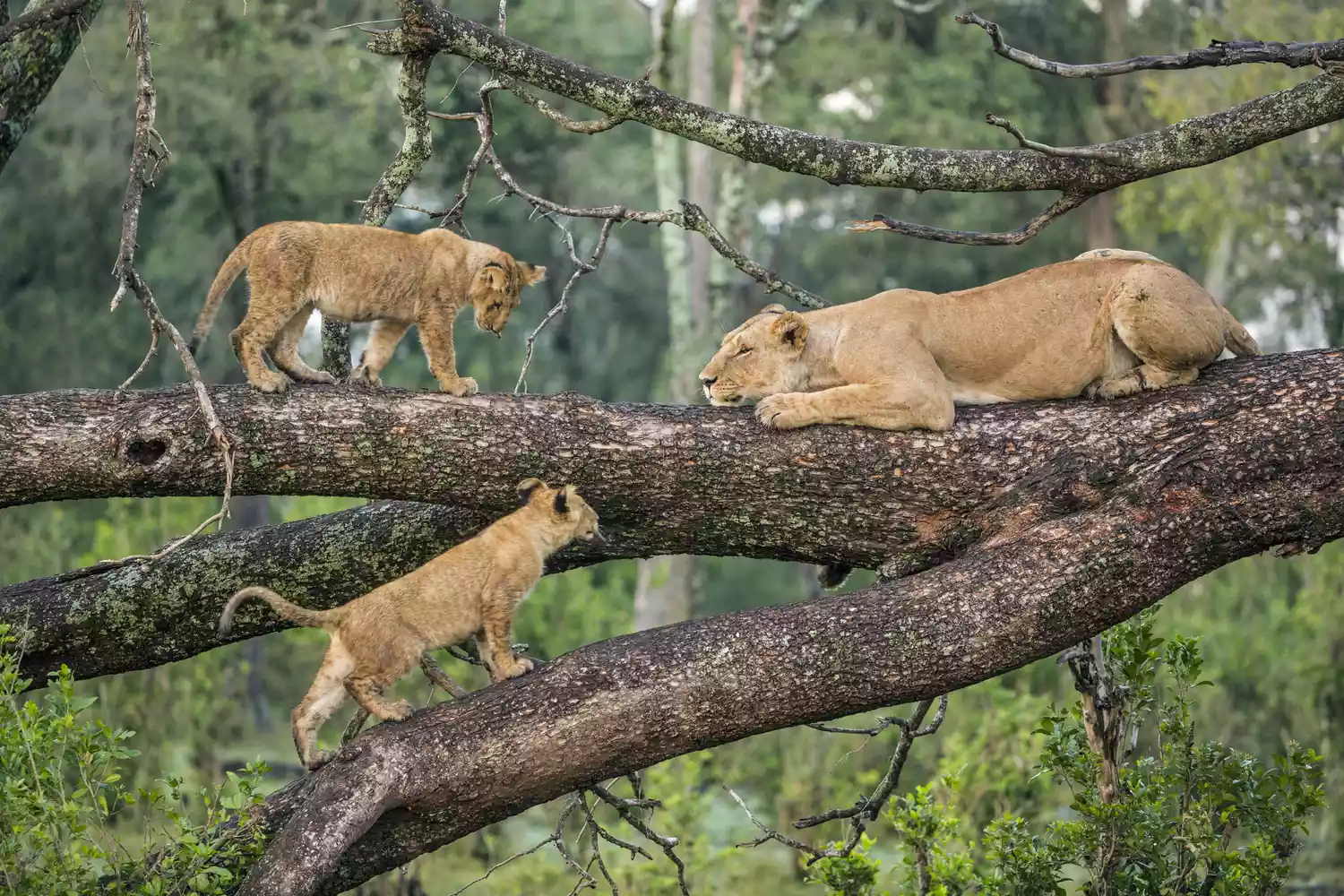- info@batinitours.com
- NSSF Building, Moshi Tanzania

Tanzania has many things to offer, from the classic once in lifetime wildlife experience to cultural interactions best time for tanzania safari. For mountain lovers, mount Kilimanjaro climbing is always their dream destination. Zanzibar is the other way to experience Tanzania, especially for beach lovers.
Like going on vacation to any other country, it is very important to know when is the best time to visit a particular country. In this article, you will get a mont by month guide on when is the best time to visit Tanzania. Keep reading on to find more details.
The endless plains of east Africa are the setting for the world’s greatest wildlife spectacle – the pounding of more than 6 million hooves during the Great Migration. From the Serengeti plains in Tanzania to Kenya’s Masai Mara over 1 million wildebeest, 300,000 gazelle and some 200,000 zebra, relentlessly tracked by Africa’s great predators, migrate in a clockwise fashion over 1,800 miles each year in search of rain ripened grass.
The exact schedule of this incredible event is hard to predict, as the path of the wildebeest migration is dependant on rain. The animals follow the path of the rain in order to feed off the new grass whilst also being close to a good water supply. If you’d like to time your trip to Tanzania or Kenya to watch this incredible event then here’s our guide to the migration.
The best time to visit Tanzania’s beaches is similar to the rest of the country. The warm dry months from June to September are generally recommended for visiting Tanzania’s mainland coast or the islands of Pemba, Mafia or the beautiful Zanzibar.
However, you can still have a fantastic beach holiday outside of these months and avoid the high season prices. The dry months of January and February are also good times to visit, but be aware that temperatures are considerably hotter. Find out more about when to visit Zanzibar with our handy travel guide.
The best wildlife viewing months in Tanzania are during the dry season, from June to October. General game viewing in the Serengeti and other parks is at its peak during this dry season. The wet season is divided into two rain seasons: short rains in November and December and long rains in March, April, and May.
In January and February, there is usually very light to no rains. At this period, the famous great migration (thousands of wildebeest, zebra, and gazelle) are in South East Serengeti/Northwest Ngorongoro. Lots of young ones are born making it one of the best times to see predators hunting. Cheetahs, the pride of lions, big clans of hyenas, jackals, vultures, and other carnivorous animals are in the area taking advantage of this grace period. You can spend at least 3 to 4 nights in Ndutu (a very special place where off-road driving is permitted) to see these adventures.
After months of eating nutritious grass, soon the grass will turn dry and there will be no water to drink. This is the time the herds of wildebeest set off, crossing the central Serengeti all the way to the western part of the Serengeti. Lying on the shores of Lake Victoria, the Western Serengeti remains green a little longer than the central and southern parts.
In the central and western part of the Serengeti, the herds are getting ready for the toughest part of their journey: the river crossings. The wildebeest and zebra grow into huge herds before crossing the dangerous Grumeti River, full of crocodiles, to continue their journey north. The big cats are also around killing more than what they can eat and hence abandoning lots of carcasses that are consumed by the scavengers. This is also the time of year when the mating season starts.
From July onward the migration is approaching another big challenge: the Mara River. Ready to cross this big river where lots of them fall prey to crocodiles, on their way to Maasai Mara reserve in Kenya. Sadly, because of being nervous while crossing this dangerous river, many wildebeests simply jump on each other and die. Most of these animals cross to go to the Mara during the last week of July and the first week of August. Since Maasai Mara is a small place for these millions of animals, small herds of animals will now and then cross the river to come back to Serengeti. Until the last week of September and the first week of October, the main herds will cross again to come back to the Serengeti. They will move slowly to get to the Southern Serengeti after the short rains that start in November.